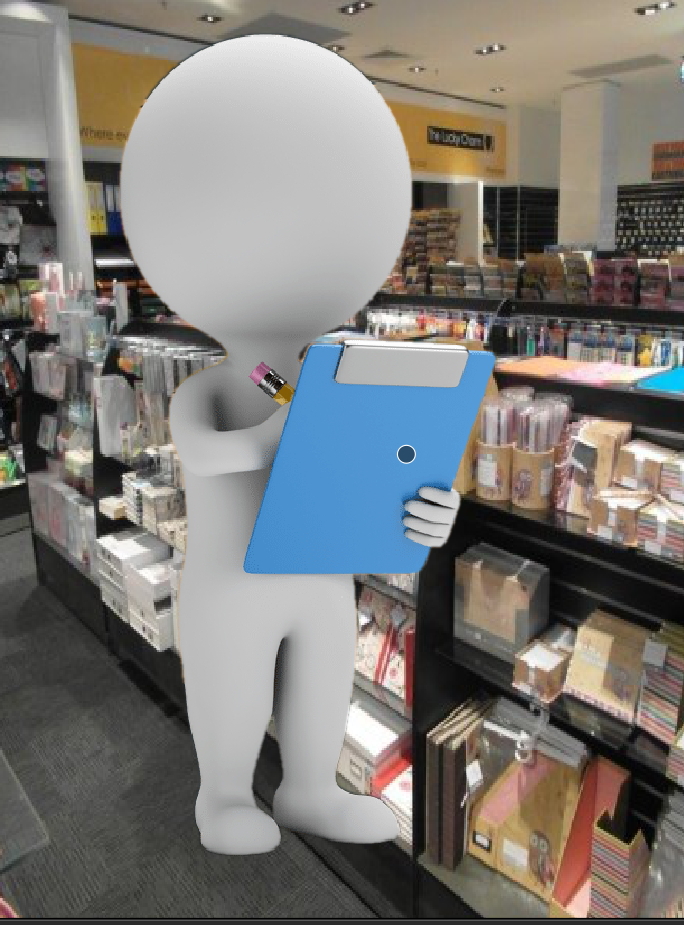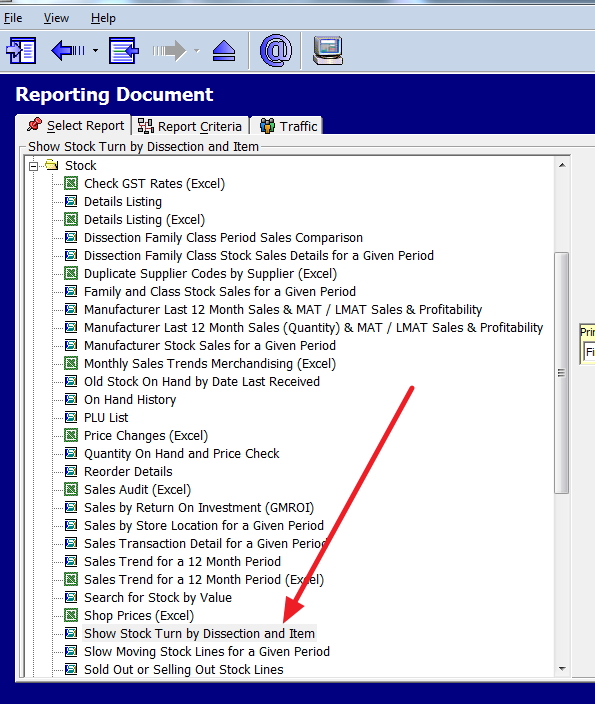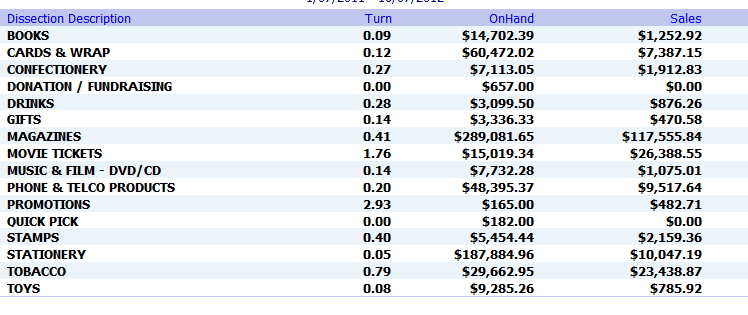Stock Turns: What it is and how it Works!

A stock turn measures how many times a product is sold and replaced in a given time. This ratio determines how your business performs and how well your inventory management works. In retail, businesses want as high a stock turn as possible. While maintaining low inventory costs and having their customers correctly supplied.
Stock turn measures the frequency with which a stock moves in your shop. It is a critical KPI for retail.
Manually it is calculated as
Stockturn = (Cost of Goods Sold) / (Average Inventory cost)
But computers work by quantity so if you have sold 100 in a year and have an average of 20 in stock, your stock turn is 100/20 = 5. The magic number is 12 as most suppliers give a month's credit so 12 means you do not pay for the stock.
How to calculate your stock turns.
Main Menu > Cash Register > Register Reports > expand Stock > select/double click the report “Show Stock Turn by Dissection and Item.

Here is the sample I produced showing the stock turns by the department.

Best practices for analysing stock turns
Much has been written about this, but generally, a higher stock turn rate is better, but this is only sometimes the case.
Look at the high and low numbers.
Low stock turns
Any business should be wary of a low stock turn rate because it indicates that you are not selling these items as quickly as you are buying them. This could be brought on for many reasons, such as having too many slow-moving products or needing better inventory management. This ties up capital and space that could be used for other things. So you must determine the cause and take steps to rectify it.
High stock turns
Conversely, a business with a high stock turnover rate moves its inventory quickly. Although generally regarded as positive, it may also show that you need to sell too cheaply; if so, consider selling less for a higher price.
Also, it could indicate that we need more stock to meet customer demand. You may have lost sales. This can hurt your company's reputation as your customers can't buy what they want if this is the case. The cause could be brought on by inadequate inventory management or poor or inaccurate forecasting.
Just in Time
Implementing a "Just in Time" inventory management system is a standard method for increasing stock retail.
In retail, this is commonly stated as
"Buy small and often"
We order products as needed here instead of ordering large quantities. If your stock ordering is automated, this is easy to do. It helps to keep inventory levels low and free up capital, but if something goes wrong, it could result in no sales because there would be no stock.
Conclusion
A modern retail business keeps track of stock turns as a crucial metric. By implementing stock turns analysis, you can ensure that you as supplying your customers with their needs.


